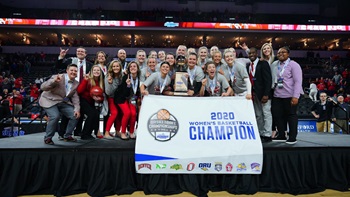Sanford Health and University of South Dakota Collaborate to Develop New Drug Coated Balloons
Drug-coated balloons deliver drugs to arteries to repair damaged walls and prevent future renarrowing. Traditional balloons release drugs in a burst profile, demanding the use of more balloons and release of medicine to areas not in need of repair. The methods designed by Mani and Kelly use a special coating that can be tailored to time the release of medicine and prevent release of drug while tracking to the target site. They also allow for treatment in multiple arterial segments.
Kelly is a board-certified and fellowship-trained vascular and general surgeon. Also a clinical research scientist with Sanford Research, he holds dozens of patents and patent applications for medical devices and has run several clinical trials. Mani is an assistant professor in USD’s biomedical engineering program who has published more than 25 peer-reviewed research articles and currently has four patents pending on next-generation cardiovascular medical devices.
“This time-released method of delivering drugs via balloons is economical and may reduce the amount of unneeded chemo therapeutic agent that enters the body,” said Kelly. “If this technology works the way we think it will, we may also be able to use fewer of these costly balloons.”
One of the methods developed by Kelly and Mani uses dextran sulfate polymer to control the release of medicine and is outlined in a recent paper published in the Journal of Biomedical Materials Research Part B: Applied Biomaterials. The other method accomplishes a controlled release with a polyethylene oxide coating that is applied to the balloon. Its success was demonstrated in another paper that appeared in Acta Biomaterialia.
“Our technology uses novel polymeric biomaterials to tailor the drug release in such a way that the drug will be delivered only at the treatment site without any drug loss in the blood stream. We are very excited that this technology provides the right platform to develop next generation drug-coated balloons. These balloons are expected to provide an effective treatment and improve the quality of life of patients,” said Mani.
While stents are another technique that can be effectively used to treat artery blockage, they are somewhat limited in certain areas of the body, like the legs.
For more information, call (605) 312-7715.
Sanford Health is an integrated health system headquartered in the Dakotas. It is one of the largest health systems in the nation with 43 hospitals and nearly 250 clinics in nine states and three countries. Sanford Health’s 27,000 employees, including 1,400 physicians, make it the largest employer in the Dakotas. Nearly $1 billion in gifts from philanthropist Denny Sanford have allowed for several initiatives, including global children's clinics, genomic medicine and specialized centers researching cures for type 1 diabetes, breast cancer and other diseases. For more information, visit sanfordhealth.org.


